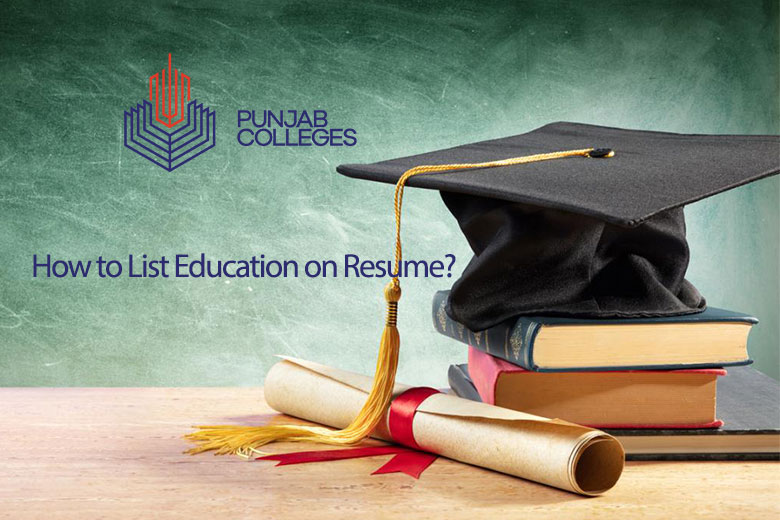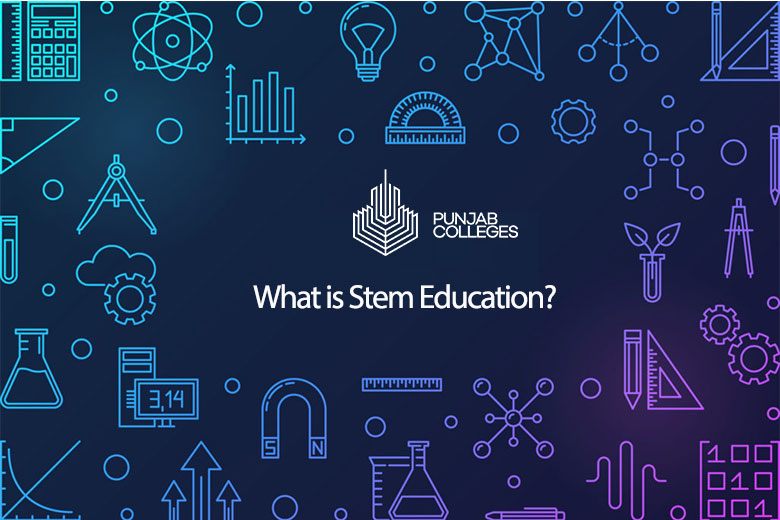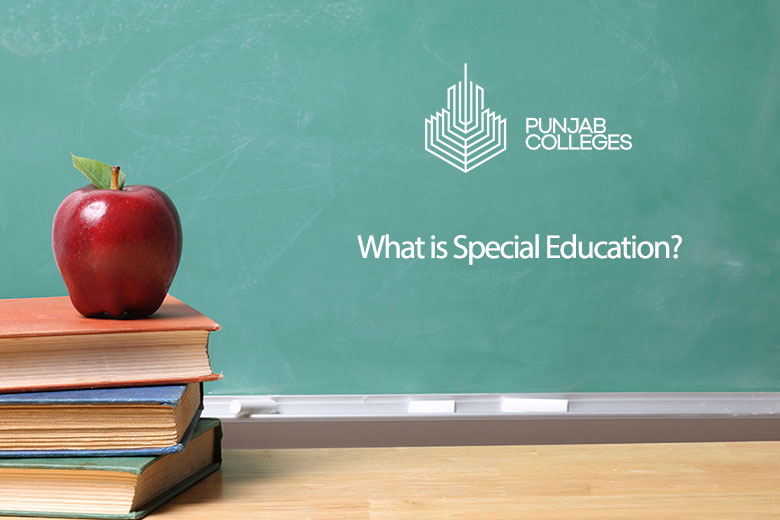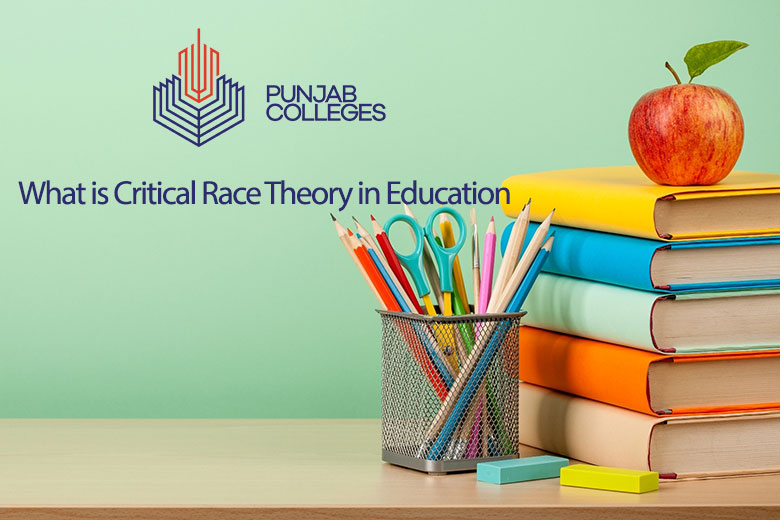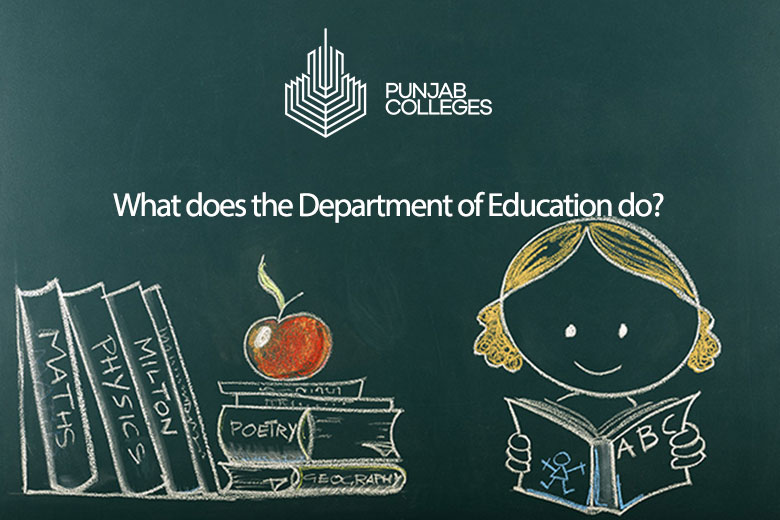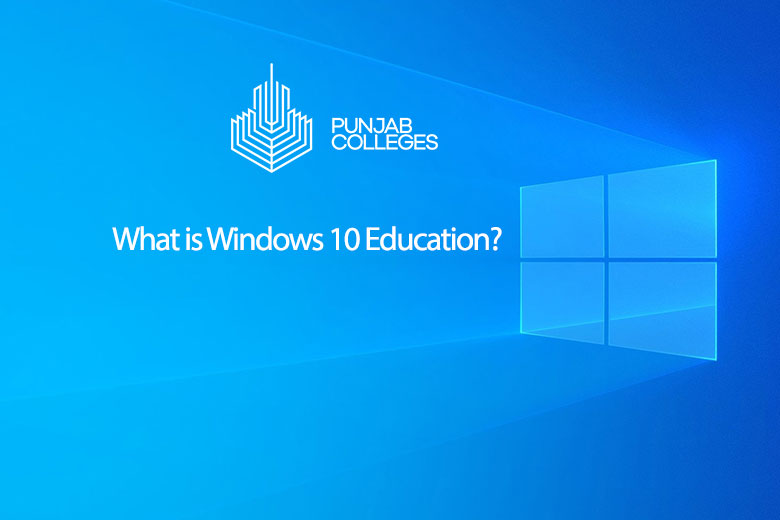What is an online masters in healthcare administration degree?
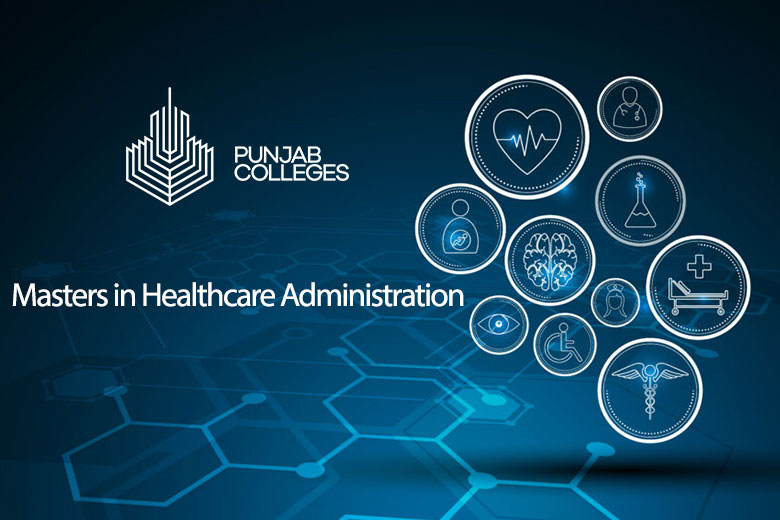
A master’s degree is a graduate academic degree. One must already have a college degree to apply for a master’s program. Most Masters in Healthcare Administration require students to complete a master’s thesis or a research paper.
Generally, master’s programs consist of multiple classes and seminars. Students have the liberty to choose any of the subjects of their interest. The investigative part is longer and more complex in an investigative master’s degree. It requires more independent work on the part of the student.
Generally, they are shorter than master’s degrees and therefore cheaper. They are more specific in the area of knowledge they cover. Within the same area of knowledge, there are several specialty options. The titration option is simpler.
When we speak of postgraduate, we refer to any type of training that comes after the bachelor’s degree. Meanwhile, a master’s degree is not only a type of postgraduate study, it takes longer than many other courses of its kind. Finally, what those who study it get is a master’s degree.
What is the Master in Health Directive Management?
Beyond the fact, health is a primary issue for human life. It is the area in which the State has participated in most countries. It cannot be ignored that it is also a market. Many companies Providers of different services seek to attract the largest possible number of clients (patients).
Taking into account the particularities of each country. There are people in charge of directing the organizations in the health area.
They must be trained to effective strategies and, of course, always respect the laws in force. Likewise, they must know how to preserve and transmit the values of these entities. Those must be linked to good health practices and professional ethics in all their senses.
What can I do with a master’s degree in healthcare administration?
There are many options when studying for an MBA. Many specialties options which you can choose. This is already an important decision. What is going to be important is also the time and dedication that you are going to have to put into your education.
Everything must go well and you can finish your MBA in Health Management in the time that you have proposed. Innovation areas in healthcare and social healthcare organizations. Financial consultant in any health and medical-related company.
Director and business manager in the health sector. Management in mutual and insurance companies in the health sector. Participate in the management of any type of health or social health organization or institution.
Define and plan the care strategy of a health or social health organization.
Ensure the implementation and evaluation of the relevant projects. It will also help improve the health and social health sector.
As you can see, when you have an MBA in health management. There are many doors to open. Some are bigger, others smaller, some more economically ambitious doors, others more oriented to personal and professional motivation.
Enthusiasm to do well care for our patients is efficient. But what is clear is what doors are after all. Only you can decide to open them one day or leave them closed forever.
Importance of health management:
The Health Care Management specialization leads to a professional set of administrative skills. It is an exciting field for both study and employment.
It is the best way to educational preparation for interested students. Especially for those who want to pursue careers that combine business and healthcare.
Masters in healthcare administration salary:
As a fact, it is the experience and amount of skills that determine the salary packages. People with this educational program start their career with 50,000 plus.
With time they gain experience and get proficient in the field, their promotion, and increase in the salary is a must.
Their salary depends on their professional growth within the work field. It can be expected more than 150,000 when a person is enough experienced.
Masters in healthcare administration jobs:
People can avail a wide range of career opportunities with a master’s degree in health management. Innovation areas in healthcare and social healthcare organizations.
Consultant in the financial or technological area of companies in the world of health. Director and business manager in the health sector. Management in mutual and insurance companies in the health sector.
Based on your skills and competency, you can avail the following job options.
- Chief executive officer.
- Chief operations officer.
- Clinic manager.
- Department or division director.
- Department or division manager/supervisor.
- Facility manager.
- Health care consultant.
- Health services manager
Masters in healthcare administration requirements:
There are numerous reasons that why students choose this degree program. It is the source and opportunity to reinvent or practically bring new evolutions.
It brings several business opportunities and enhances your experience in many ways.
Masters in healthcare management:
A Master’s is a specialized program that is usually taken by students who want to focus their training on a specific area.
Obtaining a Master of Science, Humanities or an MBA is a good option for students. It provides a competitive advantage in an aggressive job market.
Health management is a broad field of study. The program can include many business courses. It may also be delving into medical topics such as health policy, hospital management, and much more.
Such programs help build up the capacity in one to take challenges. Make the person efficient enough to deal with any business matters. Sense of productivity is given through this type of knowledge.
Is a Masters in Healthcare Administration worth it?
From education to psychology; from health to advertising and the economy; from the technological professions to those that address the great challenges of society.
Taking a master’s degree continues to be 2021 the best way to acquire that specialization. It helps us to stand out in a world of work in which training responds, more than ever. The demand for adaptability and recycling extends throughout the entire professional life.
It will not only be emphasized in the difficult circumstances of the post-pandemic crisis. But, with so many people pursuing a master’s degree, are they still equally critical?
Regardless of the field, a master’s degree should provide greater employability that facilitates access to the labor market or an improvement within it.
But it all depends (and a lot) on the training we choose. The professional area that we occupy and the level of the different candidates who opt for a certain position. So it is essential to choose the master to do well in the future.
How long does it take to get a health administration degree?
Studying as a full-time student, you can complete your master’s degree within two years. It includes 4 semesters and credit hours. On-time completion of all the credit hours and semesters will lead you to get the degree without any delay.
To learn more about what this master’s degree consists of, it is worth taking a look at the subjects covered in this.
- Administration of health organizations.
- Administrative accounting.
- Marketing strategies in the health sector.
- Management skills.
- Corporate law
- Behavior and professional ethics in healthcare organizations.
- Finance applied to the health sector.
- Economy and legal framework in the health sector.
Quality and safety systems in the health sector. and many others can be part of the coursework. These subjects can also change according to the need for time. In the type of accelerated learning, students focus on the specific subjects that is more important and informative.
What are the benefits of earning a Master of Healthcare Administration degree?
This degree program brings along the most beneficial opportunities along with the knowledge. Several career opportunities open after completing the Master’s Degree in Health Directive Management.
Organizations in other fields, companies, and institutions that provide health services. They need professionals with administrative skills. To learn the best ways to manage your infrastructure and resources, as well as managerial strategies. The Master in Health Directive Management is an excellent academic proposal.
When we speak of entities that provide health services. We refer to hospitals, clinics, medical specialty centers, and many other institutions that are dedicated to this important sector.
It is clear that, given their particularities, they demand professionals specifically trained in this matter for their management.
Hence, it is proved that people with this degree program have great probabilities to explore the world. It is a career-oriented field that provides extensive progression.







